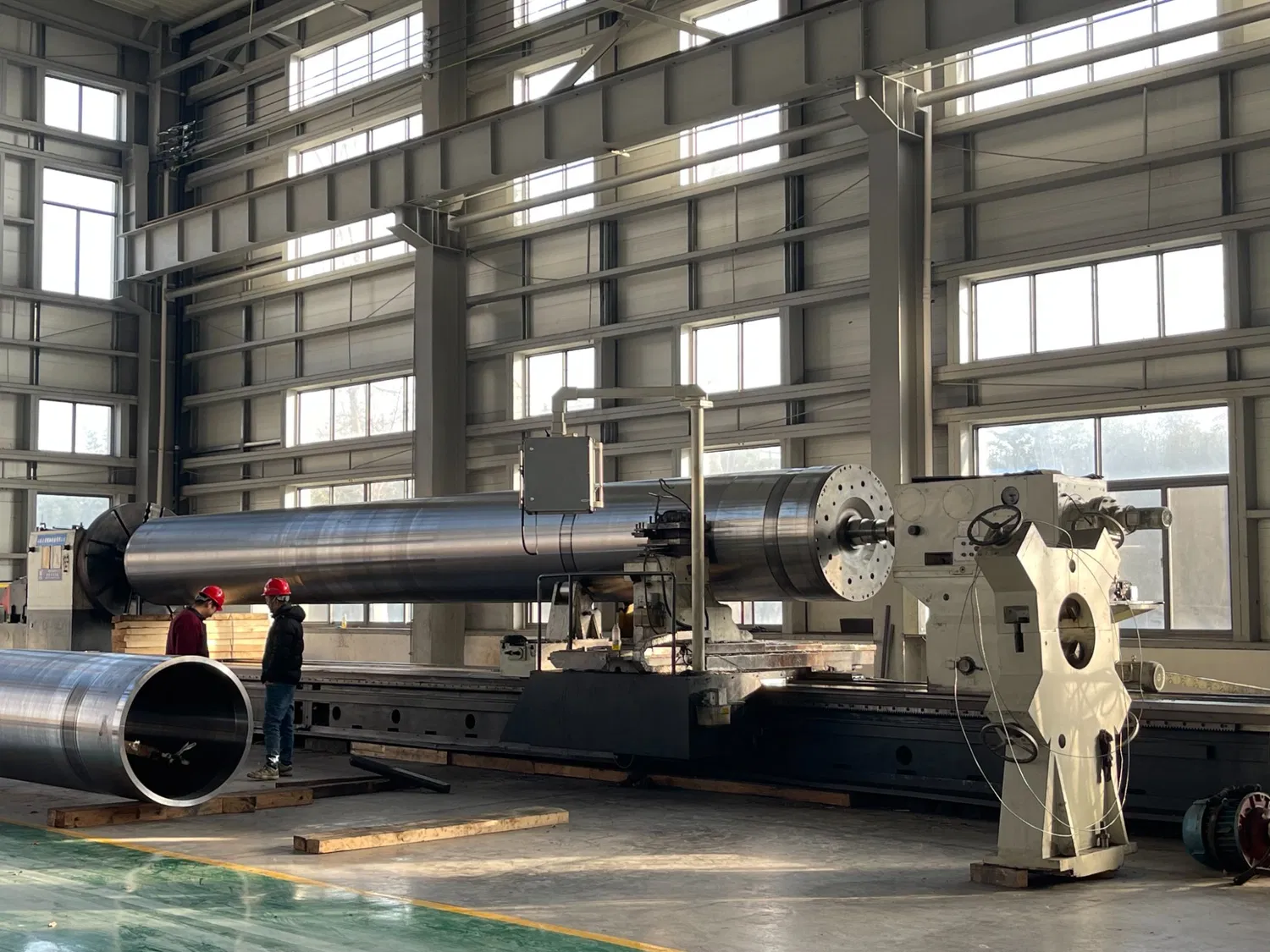
In today's demanding manufacturing landscape, optimizing roll performance is paramount to achieving production efficiency and maintaining high-quality output. Measuring and monitoring roll performance metrics provides valuable data-driven insights that can help identify areas for improvement, reduce waste, and ultimately boost your bottom line. But what exactly are these metrics, and how can you effectively track and analyze them? This article will provide a comprehensive overview of this crucial aspect of manufacturing.
Key Roll Performance Metrics
Several key metrics provide valuable insights into roll performance. These include roll diameter, roll weight, tension variations, speed fluctuations, and defect occurrence. Accurately measuring these metrics is the first step towards understanding and improving your roll production process. Imagine trying to navigate without a map – these metrics provide the roadmap for optimal roll performance.
Tools and Techniques for Effective Monitoring
Modern technology offers a wide range of tools for effectively measuring and monitoring roll performance metrics. From laser sensors for precise diameter measurements to sophisticated web handling systems that track tension and speed, the options are vast. Choosing the right tools depends on the specific needs of your operation and the type of material being processed. Investing in the right technology can be a game-changer for your production efficiency.
Analyzing Data and Identifying Trends
Collecting data is just the first step. The real value lies in analyzing the data to identify trends, patterns, and potential problems. Modern software solutions can help automate this process, providing real-time visualizations and reports that highlight areas requiring attention. By understanding these trends, you can proactively address issues before they escalate into costly problems.
The Importance of Quality Control
Measuring and monitoring roll performance metrics is intrinsically linked to quality control. By closely tracking these metrics, you can identify deviations from established standards and take corrective action. This proactive approach minimizes defects, reduces waste, and ensures consistent product quality, ultimately enhancing customer satisfaction and brand reputation.
Roll Performance Metrics and Production Efficiency
Effective monitoring of roll performance metrics directly contributes to improved production efficiency. By identifying bottlenecks and areas of inefficiency, you can optimize processes, streamline workflows, and maximize output. This translates into increased productivity, reduced downtime, and improved overall profitability.
Case Study: Implementing a Roll Performance Monitoring System
A leading paper manufacturer implemented a comprehensive roll performance monitoring system and saw significant improvements. By tracking tension variations, they were able to reduce web breaks by 20% and increase production speed by 15%. This demonstrates the tangible benefits that can be achieved through effective measuring and monitoring of roll performance metrics.
Common Challenges and Solutions
Implementing a roll performance monitoring system is not without its challenges. Data integration, sensor calibration, and operator training are common hurdles. However, with careful planning and execution, these challenges can be overcome. Seeking expert advice and investing in comprehensive training programs can ensure a smooth and successful implementation.
Integrating Roll Performance Metrics with Other Systems
For optimal results, roll performance metrics should be integrated with other production systems, such as ERP and MES platforms. This holistic approach provides a comprehensive view of the entire production process, enabling better decision-making and improved overall performance. How can integrating your data systems further streamline your processes?
The Future of Measuring and Monitoring Roll Performance Metrics
The field of roll performance monitoring is constantly evolving. Advancements in sensor technology, data analytics, and artificial intelligence are paving the way for more sophisticated and automated solutions. Staying ahead of the curve and adopting these new technologies will be crucial for maintaining a competitive edge in the future.
Conclusion: Taking Action for Improved Performance
Measuring and monitoring roll performance metrics is not just a best practice; it's a necessity for any manufacturing operation that relies on roll-based processes. By implementing the strategies and techniques outlined in this article, you can unlock the full potential of your production process, improve quality control, and achieve significant gains in efficiency. Start by assessing your current processes and identifying areas where improvements can be made. Don't wait – take action today and begin optimizing your roll performance for a more profitable tomorrow.



